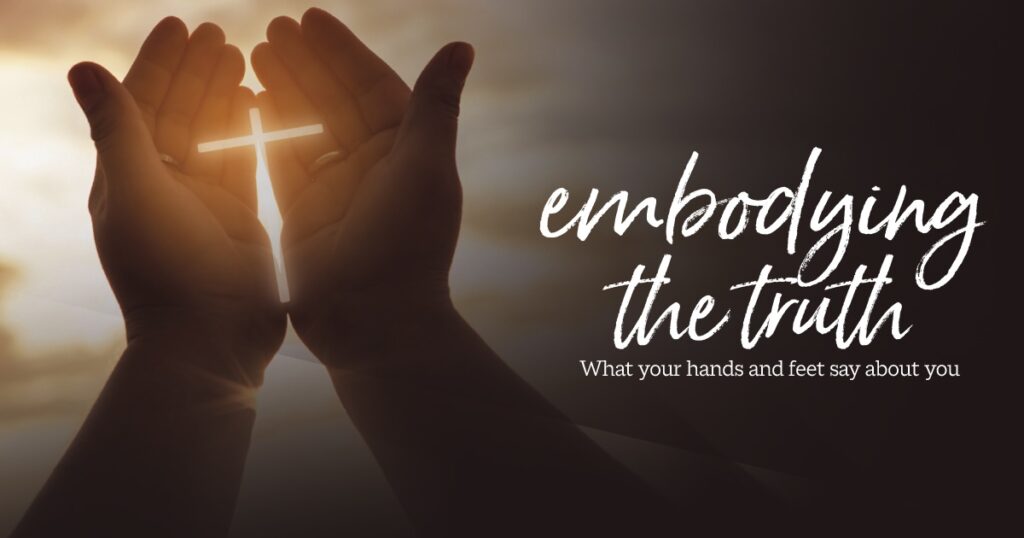05 Mar 2024 What your hands and feet say about you
By Donald Brazile
You might remember the old Sherlock Holmes mystery, where an unsuspected person is introduced to Holmes, shakes his hand, spends about five minutes in his presence and leaves the room. Then the great detective turns to Watson and tells him what the visitor does for a living, his family status, income level and hobbies, all based on a HANDSHAKE.

Usually, hands are not the first thing we notice about one another, and yet they are so telling about who we are. You see, the thing about our hands is that they don’t lie. They can’t. We can usually exercise some control over our faces so that they look the way we want them to look, but our hands give us away every time. Nervous hands, clenched hands, rough hands, trembling hands. They’re very telling.
Jesus’ hands and feet come up in the Easter story.
You’re probably familiar with the passage where he appears to his disciples, who are still shaking in their sandals over all the latest news and testimonies of people who have come forth to publicly say they’ve seen Jesus. What’s interesting about this particular part of the story is how he offers the disciples proof that he is truly risen.
He shows them his hands and feet.
Isn’t this a peculiar way for him to identify himself? Why didn’t he say, “Listen to my voice, or look at my face?” Think about it. Could you identify someone by hands and feet alone? We would all agree that it’s the wounds he wanted them to see, but might there be more?
Jesus knew if he showed them his hands, it would be all the proof they would need to see because they’d see everything he had been to them. They would see the same hands that healed the sick, blessed children, extended forgiveness, hands that reached into the basket and multiplied the loaves and fishes, hands that washed their aching feet, hands that broke the bread and extended the cup of blessing. Hands that gripped the cross and carried it to Calvary, hands that were outstretched with nails driven in them. Hands that were raised up toward heaven at Bethany to bless them.
Jesus also knew that by showing the disciples his feet, they would recognize that those were the very same feet that carried him hundreds of miles, so his hands could lovingly minister to the people he encountered, taking the good news to all those starving for it. They’d see that those were the same feet that walked on water, that trudged what (mentally and physically) seemed the longest, most difficult journey of all—the hill to Calvary, where he was crucified for the world he lived, loved and died for.
His hands and feet were wounded.
He wanted his disciples to know that he had gone THROUGH the danger—not above, under or around it, and for proof, he told them to LOOK not at his face, not into his eyes, but at his hands and feet, which told the truth about who he was.
This Easter, what do your hands and feet say about you?
Where have they been?
Whom have they touched?
How have they served?
What have they physically proclaimed?
The annual retelling of the Easter story is partly to remind us that it’s not our pretty faces, not our sincere eyes, not even our spoken beliefs, but our hands and feet that tell the truth about who we are.
An Easter Prayer: Oh God, bless our tired hands and aching feet to the work before us.











